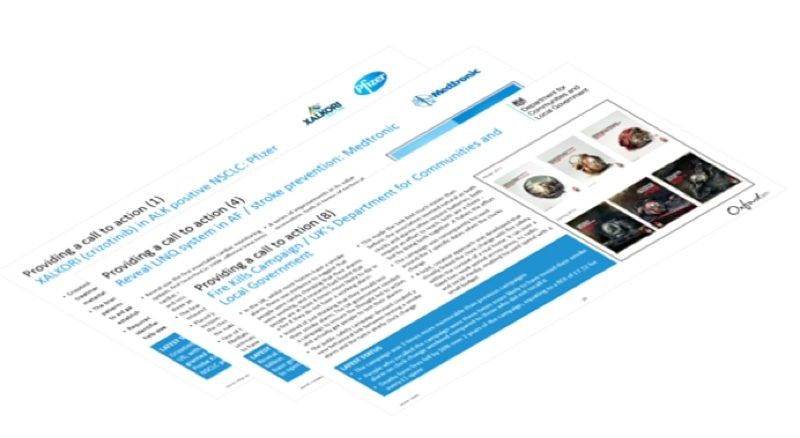Increasingly, the aim in many countries is to prevent the onset of disease, or, at the very least, catch it at its earliest stages. This has meant that we have seen a change in the types of challenges we are asked to help with in pharma.
Not that long ago, our pharma specialists worked almost exclusively with novel therapies designed to address a diagnosed disease. We still do that, but, as increasingly it is recognised that, prescribed medication is rarely the answer on its own, we find teams looking to provide more holistic solutions. These include:
- Accompanying diagnostics and patient assessment tools;
- Screening technologies and preventative therapies;
- Digital ways of encouraging patients to, either live more healthily, or, recognise and act on warning signs faster.
Brand teams have to be increasingly innovative when finding ways to prompt patients and physicians to intervene at the right time
There are also, initiatives from the regulatory authorities to encourage prescription to OTC switches, so healthcare products are more easily accessible and physician time is freed up allowing some issues to be more efficiently managed directly by patients themselves, with the support of pharmacists.
Brand teams have to be increasingly innovative when finding ways to prompt patients and physicians to intervene at the right time. Campaigns such as GSK’s Greatest Season Ever for FLONASE®, implemented last year in the United States which made the decision to prepare for the allergy season easier for patients by linking the proactive purchase of the brand to the start of the baseball season.

We find that examples from within and outside of healthcare can often prompt this innovation. They act as a way of bringing in new perspectives and allowing teams to explore new avenues and new ideas.
So, in the spirit of hoping this will prompt some new ideas in your brand team, in the deck below, find our favourite case studies that speak to the need to provide a call to action.
Some are old, some are new, but, in every case, we have been impressed by the way the team engaged with their customers in different and compelling ways, ensuring a direct call to action was there and driving growth for the companies concerned. We hope they start exciting conversations in your brand team, and if you’d like to talk more, please do get in touch - Mary.DeBoos@OxfordSM.com
No Comments Yet
Let us know what you think